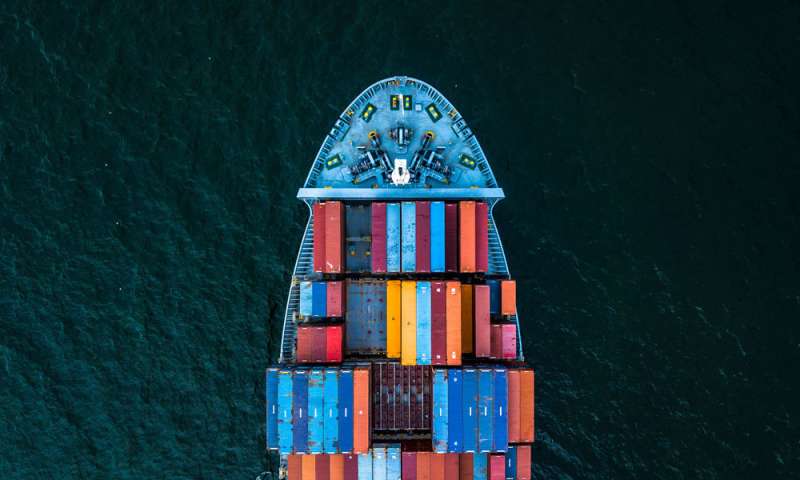New platform for analyzing global trade in the last two centuries

A new web platform called the Federico-Tena World Trade Historical Database contains information about imports and exports from 140 countries from every continent from 1800 to 1938. This new data considerably improves previous studies and enables accurate historical continuity to current United Nations estimates, which contain data from 1948 to the present day.
"The available databases of global trade mainly included the developed world and were inevitably outdated, because they failed to take into account the research about foreign trade in the last 30 years. In contrast, our database uses all recent research regarding the topic and includes almost all political entities (independent countries and colonies) in the world after 1850," explains Antonio Tena, professor in the Social Sciences department at UC3M.
This new database collects statistics from developing companies for the first time. These statistics were obtained thanks to the study of new sources or through individualised reconstruction with various methodologies. This enables these countries to be incorporated in the study of the growth of international imports and exports and, therefore, the trade globalisation trends in the past. In addition, incorporating this information in a hyper-connected world map facilitates intuitive and accessible access to the data.
The comparison of trade globalisation by individual political entities, regions, trade blocs or development level enables the analysis of the relation between globalisation and economic growth in the long term. "With this new platform you can compare early globalisation with current trends to analyse the speed of global trade or the amount of production moved in international trade by continents and by development level," states Antonio Tena.
From a historical point of view, specialists speak of a first globalisation before the World War I, a period of disintegration of global trade between the wars and a second globalisation that started after World War II (which has continued until now). In fact, some specialists speak about a "hyper-globalisation" that has occurred over the last 20 years, since the 1990s.
"A new feature is that this new database is able to assign a date to the start of the trade globalisation," explains Antonio Tena. That is, it is able to more accurately define when trade globalisation at the start of the 19th century started to accelerate. According to the first results, it would be before previously thought. "The international trade acceleration would have begun in the 1830s, which is nearly four decades before economic historians traditionally thought," notes professor Antonio Tena.
More information: www.uc3m.es/ss/Satellite/UC3MI … _Historical_Database
Provided by Carlos III University of Madrid


















